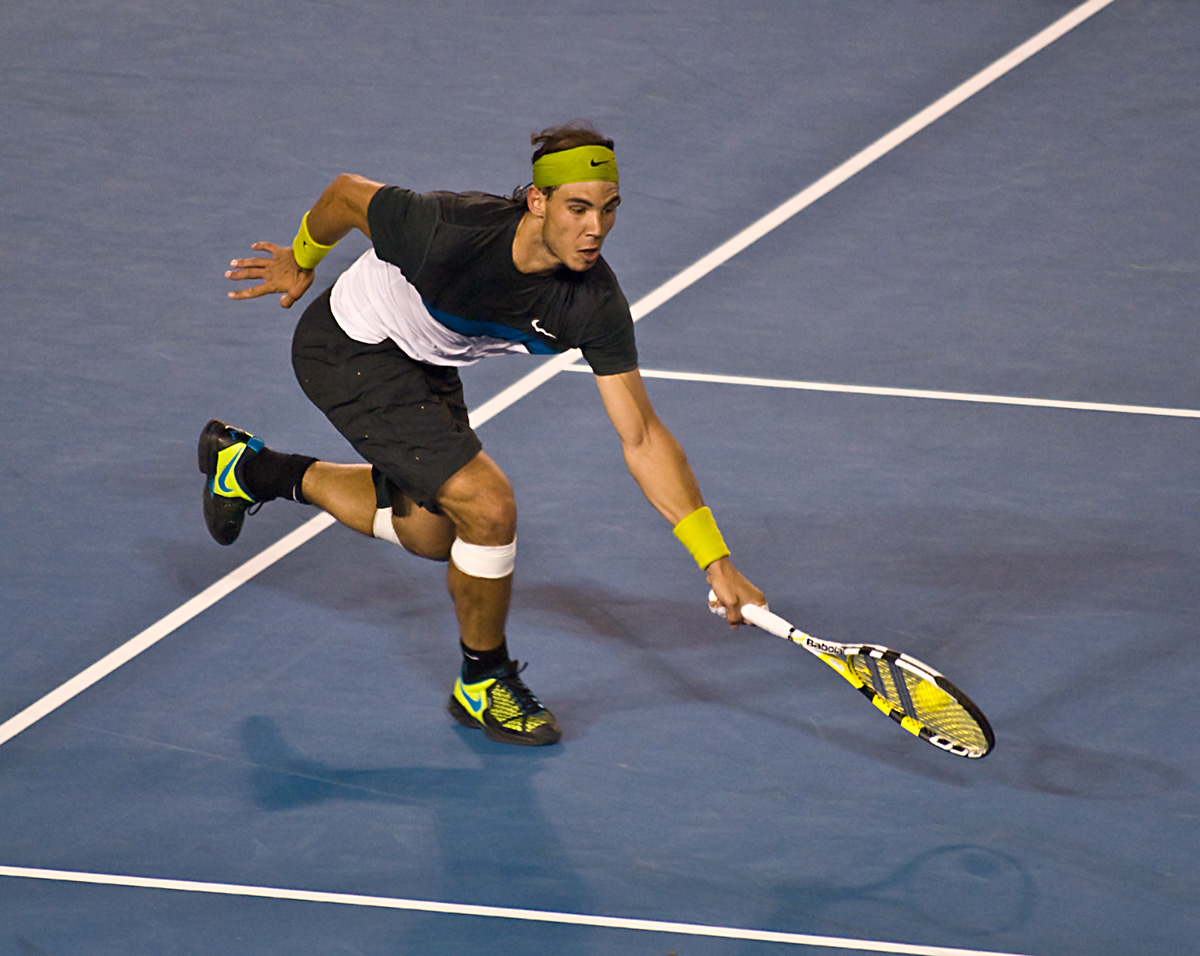A key component in athlete development today is the SAID principal (specific adaptation of imposed demand).
The key to this is figuring out the adaptations your athlete is unconsciously making in the 10 to 15 second phase of their work.
At this stage, as I am building from the ground up with a young athlete I am focused on the economy of movement, and athletic and spiritual engagement.
I am curious about your techniques here in terms of these important technical areas of athletic sports development.
1.
What are you doing to improve your VO2 max scores?
2.
How do you run your repeats, and what scientific data determines your rest time between repetitions?
3.
What are you doing in regards to lactate clearance?
4.
In terms of speed training (which is a must in tennis), can you tell me how you stagger your all out efforts, rest periods, properly incorporate fast twitch muscles while not completely blowing out the athletes central nervous system?
I see so much on this site about the racket; however, it would be great if we could discuss important aspects as well like balance, rhythm, cueing, firing order, pelvic tilts and tennis specific ancillary exercises ETC.
I sure would appreciate feedback on the above!
Thanks,
Worldsworsttennismentorwhoknowsnothingaboutgripsan dwillhaveashortshelflikewithcoaches
The key to this is figuring out the adaptations your athlete is unconsciously making in the 10 to 15 second phase of their work.
At this stage, as I am building from the ground up with a young athlete I am focused on the economy of movement, and athletic and spiritual engagement.
I am curious about your techniques here in terms of these important technical areas of athletic sports development.
1.
What are you doing to improve your VO2 max scores?
2.
How do you run your repeats, and what scientific data determines your rest time between repetitions?
3.
What are you doing in regards to lactate clearance?
4.
In terms of speed training (which is a must in tennis), can you tell me how you stagger your all out efforts, rest periods, properly incorporate fast twitch muscles while not completely blowing out the athletes central nervous system?
I see so much on this site about the racket; however, it would be great if we could discuss important aspects as well like balance, rhythm, cueing, firing order, pelvic tilts and tennis specific ancillary exercises ETC.
I sure would appreciate feedback on the above!
Thanks,
Worldsworsttennismentorwhoknowsnothingaboutgripsan dwillhaveashortshelflikewithcoaches






Comment